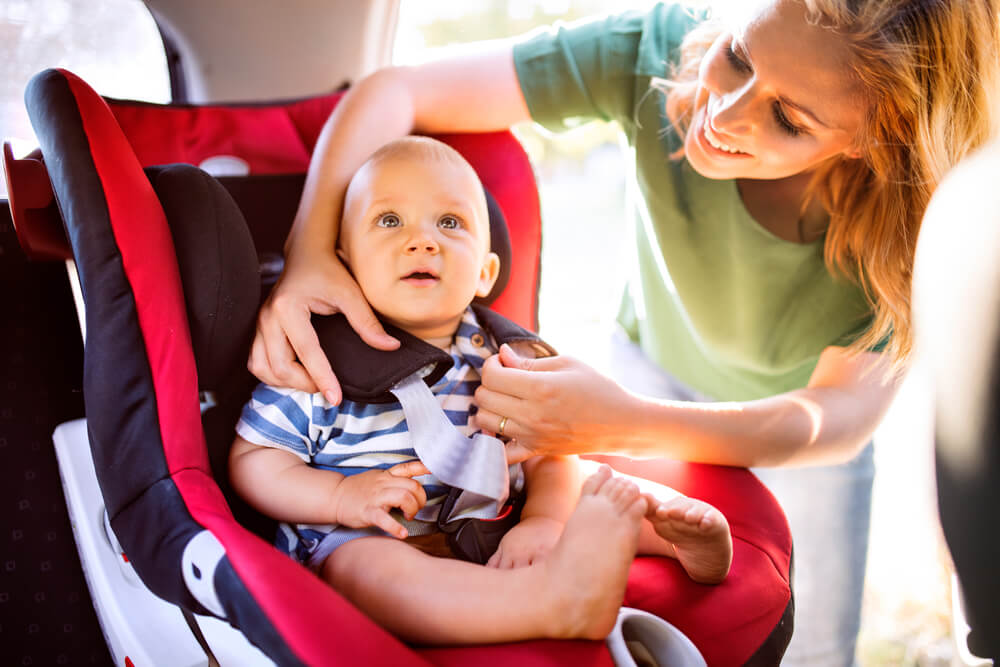Did you drive your child to school today? Before making it into work today, I buckled my little one into his car seat and did a little tug on his chest strap to make sure he was securely fastened.
Children sit in the car for an average of 45-50 minutes as they travel to various places during the day. Is your son restrained as he should be? Is your daughter’s height appropriate for her booster seat? We all want our kids to be safe. According to the CDC, close to 5,000 children and adolescents each year die in a motor vehicle accident.
Many parents wonder if their kids are restrained appropriately while in the car. Here are a few things to remember to keep your little one safe while traveling:
- Rear-facing car seats: In August 2018, the American Academy of Pediatrics changed their recommendations to state that all infants and toddlers should remain rear-facing until they outgrow the recommendations given by their car seat manufacturer in terms of height and weight.
- Installation: Read the instruction manual that comes with the car seat and securely install the seat inside the vehicle as advised. It is important that the seat does not move more than 1-inch side to side or toward the front once installed.
- Booster seat: typically for children between the ages of 8 and 12 and taller than 4 feet 9 inches in height. All children below the age of 13 should be sitting in the rear seat of the car.
- Does the seat belt fit properly? The shoulder belt should fit snugly across the middle of the chest and shoulder. The lap belt should fit securely across the upper thighs. The child should be tall enough to hang their legs comfortably over the edge of the seat.
If you are looking for a pediatrician to discuss further, please contact us at diamondphysicians.com.
Dr. Elizabeth Thomas
Board Certified Pediatrician
Diamond Pediatrics
